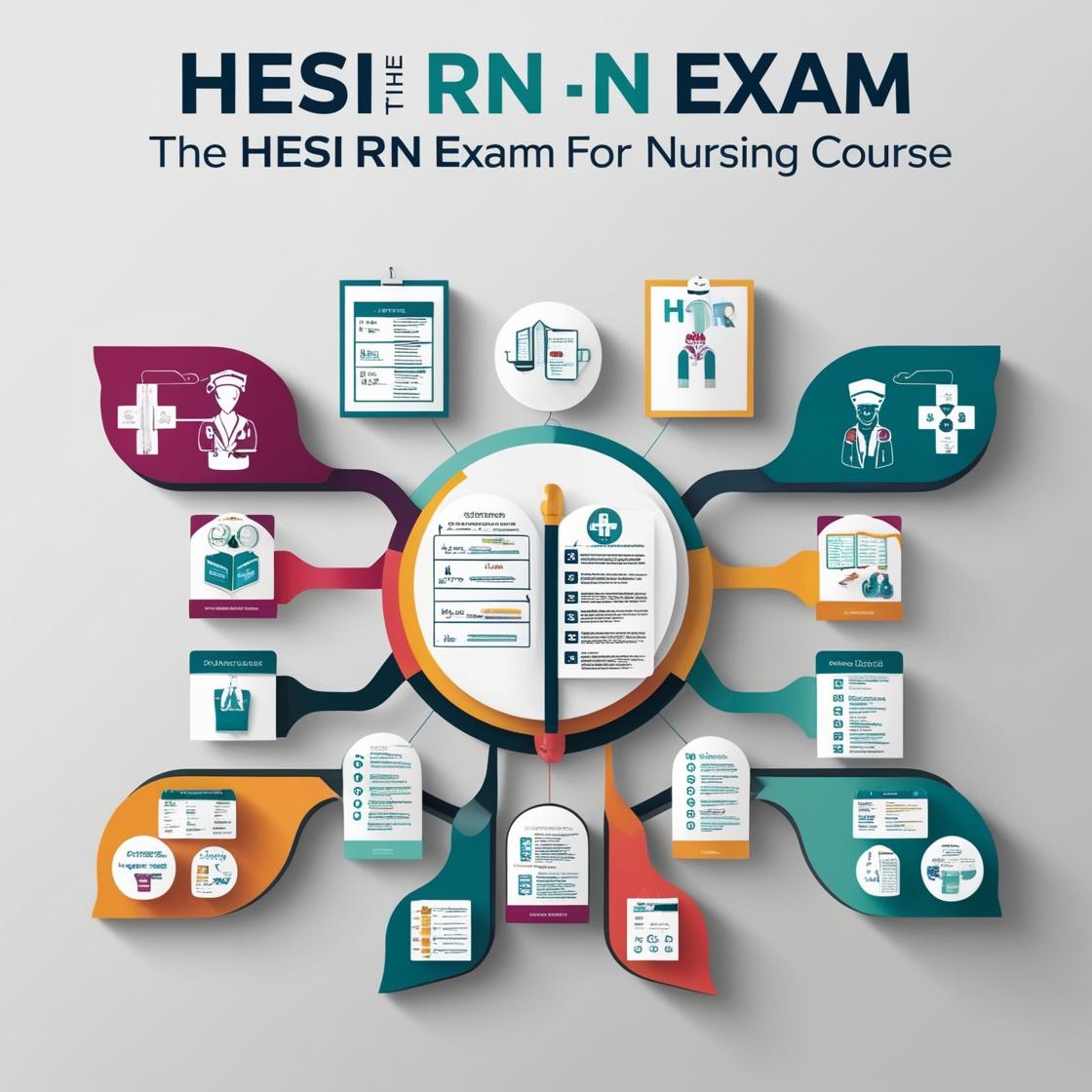HESI RN
HESI RN CAT Exam Quizlet
1. The nurse is preparing to administer the 0800 dose of 20 units of Humulin R to an 8-year-old girl diagnosed with Type 1 diabetes. The mother comments that her daughter is a very picky eater and many times does not eat meals. Which intervention should the nurse implement first?
- A. Administer the 20 Units of Humulin R subcutaneously as prescribed
- B. Ask the girl if she will be eating her breakfast this morning
- C. Discuss changing the insulin prescription to Lispro with the healthcare provider
- D. Explain to the mother the importance of eating the scheduled meals
Correct answer: B
Rationale: The correct answer is to ask the girl if she will be eating her breakfast this morning. This is important to determine if the child will be consuming food, which is crucial information before administering insulin. If the child does not plan to eat, administering the full dose of insulin may lead to hypoglycemia. Choice A is incorrect as administering the insulin without knowing if the child will eat can be dangerous. Choice C is not the first intervention because the immediate concern is the child's meal intake. Choice D, while important, is not the first step in this situation.
2. Is it necessary to continue to strain the urine of a client with kidney stones since several stones were obtained the previous day?
- A. UAPs should follow the prescribed care without questioning it
- B. Yes, it is important to continue straining all the client's urine
- C. Measuring intake and output is equally important as straining the urine
- D. Ensuring that the client is free from pain should be the top priority
Correct answer: B
Rationale: Yes, it is important to continue straining all urine to catch any remaining stones. Straining the urine helps in identifying any new stones that may have formed, allowing for appropriate management. While measuring intake and output is important, straining the urine is specifically necessary in this case to monitor the presence of kidney stones. Ensuring the client is free from pain is essential, but in this situation, preventing further complications related to kidney stones is a higher priority.
3. What instruction is most important for the nurse to provide a female client who has just been diagnosed with trichomoniasis?
- A. Avoid douching
- B. Treat sexual partner(s) concurrently
- C. Avoid using moist washcloths when bathing
- D. Postpone becoming pregnant until the infection is treated
Correct answer: B
Rationale: The most important instruction for a female client diagnosed with trichomoniasis is to treat sexual partner(s) concurrently. This is crucial to prevent reinfection and the spread of the infection. Choice A, avoiding douching, is generally recommended for vaginal health but is not the most critical instruction in this case. Choice C, avoiding moist washcloths when bathing, is not directly related to the transmission or treatment of trichomoniasis. Choice D, postponing pregnancy until the infection is treated, is important but treating sexual partners concurrently takes precedence to prevent reinfection.
4. A client who is 12-hours post-op following a left hip replacement has an indwelling urinary catheter. The nurse determines that the client's urinary output is 60 ml in the past 3 hours. What action should the nurse take first?
- A. Assess the client's vital signs
- B. Irrigate the catheter with 30 ml of sterile normal saline
- C. Notify the healthcare provider
- D. Replace the catheter with a larger size
Correct answer: A
Rationale: In a client post-op with low urinary output, the first action the nurse should take is to assess the client's vital signs. Vital signs can provide valuable information about the client's overall condition, fluid status, and potential complications. Assessing the vital signs can help the nurse to determine if the low urine output is indicative of a larger issue that needs immediate attention. Irrigating the catheter with normal saline may be necessary but should not be the first action without assessing the client. Notifying the healthcare provider should follow assessment if there are concerns. Replacing the catheter with a larger size is not indicated solely based on low urinary output and should not be the first action taken.
5. The nurse is assessing a client who has a new cast on the left arm. Which finding should the nurse report to the healthcare provider immediately?
- A. Client reports itching under the cast
- B. Client reports pain at the cast site
- C. Client reports swelling of the fingers
- D. Client reports warmth over the casted area
Correct answer: C
Rationale: Swelling of the fingers can indicate compromised circulation, which is a serious concern in a client with a new cast. It could suggest the development of compartment syndrome, a condition where increased pressure within the muscles can lead to impaired blood flow. This can result in tissue damage and should be addressed promptly. Itching under the cast, pain at the cast site, and warmth over the casted area are common findings after cast application and may not necessarily indicate an urgent issue requiring immediate reporting to the healthcare provider.
Similar Questions

Access More Features
HESI RN Basic
$89/ 30 days
- 50,000 Questions with answers
- All HESI courses Coverage
- 30 days access @ $89
HESI RN Premium
$149.99/ 90 days
- 50,000 Questions with answers
- All HESI courses Coverage
- 30 days access @ $149.99
